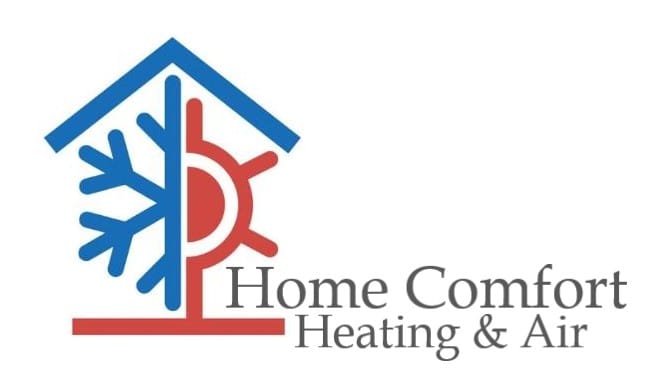Everyone’s always looking to save money on their utility bills, but it turns out there’s a way to keep costs down, even when you’re out of the house.
It starts with your thermostat. By using automatic schedules, you can help the thermostat plan for your preferred temperatures. This means establishing various temperature settings for when you’re at home, away or even when you’re sleeping.
With a few simple adjustments, you can enjoy comfy temperatures while also keeping more of your money. Here are some ways your thermostat can save you money in the summer:
While at Home
Pretty much whenever you’re home, you want a nice range of pleasant temperatures. For the most part, you probably have your thermostat lower in the summer if you’re indoors to appreciate the cool air.
But the ideal temperature for the summer is usually between 78 and 80 degrees Fahrenheit. By adjusting things a few degrees, you can stay cool while still keeping your energy bills low.
While Away
When it comes to setting the temperature for a vacation or other trip away from the house, the majority of homeowners will set the thermostat higher for while they’re gone.
For some homes, you can set the temperature as high as 88 degrees while no one is home before lowering it back to the sweet spot of 78-80 degrees after you return. This way, your air conditioning system isn’t working around the clock to provide cooling for a bunch of empty rooms.
While Asleep
For a full night’s rest during summer weather, you want a nice cool temperature. A great place to start is between 68-72 degrees Fahrenheit. There’s less risk of getting too hot or too cold while you’re trying to sleep.
Additional Ways to Reduce Energy Use:
- Put in a smart thermostat: Trying a smart thermostat in the summer helps save money on energy costs by automatically adjusting to your lifestyle and personal preferences. A smart thermostat manages the temperature if you are home or sleeping, before allowing it to get a little warmer when the house is empty. With models like the Lennox iComfort, you are able to adjust settings and schedules through your smartphone, tablet or laptop. Planning smart thermostat installation in your Elk River home is an effortless way to set the correct temperature no matter where you are.
- Upgrade your HVAC system: A high-efficiency HVAC system can save money in the long run. If a system boasts high energy efficiency, lower utility bills won’t be far behind since it requires less energy to reach your preferred temperatures. Air conditioning installation in Elk River is a great way to beat the heat in the summer.
- Schedule annual AC maintenance: Investing in or ignoring regular air conditioning maintenance in Elk River can have a significant impact on your utility bills. With regular cleaning of the coils, checking for damage and keeping vents clear of dust and debris, you may notice your HVAC system run more efficiently. Increasing efficiency also limits strain on important or delicate components and lowers operational costs, leading to lower energy usage, which translates into lower energy bills.
- Replace your air filter regularly: Cleaning or replacing the air filter regularly saves money by keeping airflow as smooth and consistent as possible. When filters are clogged with dirt and debris, your air conditioner will have to work harder, and the added strain may impact the system’s life span and result in breakdowns.
- Verify your attic has enough insulation: Insulation is one of the key components in any energy-efficient home, keeping the hot air outside and the cool air inside during the summer. The North American Insulation Manufacturers Association (NAIMA) suggests that homeowners living in southern climates should possess at least 13-14 inches of insulation, while colder climates do better with 16-18 inches.
- Check your air ducts: Leaky ductwork can raise your energy bills much more than 20 percent, plus it can potentially allow harmful emissions from your water heater, clothes dryer and other appliances throughout your home. Watching for signs of leaks and sealing them can address both concerns.
- Seal all other leaky spots in your home: Sealing leaky spots in your home with caulk, foam sealant or weather-stripping keeps temperatures a little cooler on hot summer days. Don’t forget to check for any gaps around windows, doors and even outdoor fixtures. Making time to seal leaks now can help you save a lot over time.

